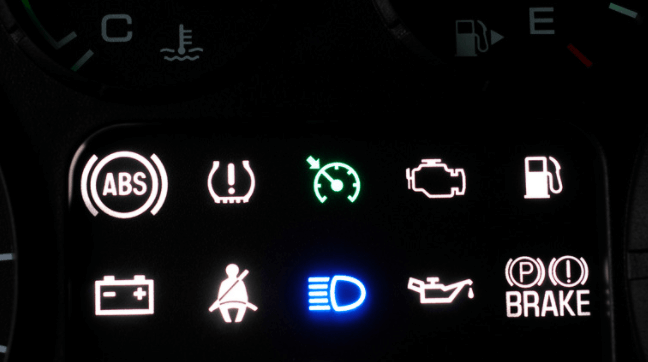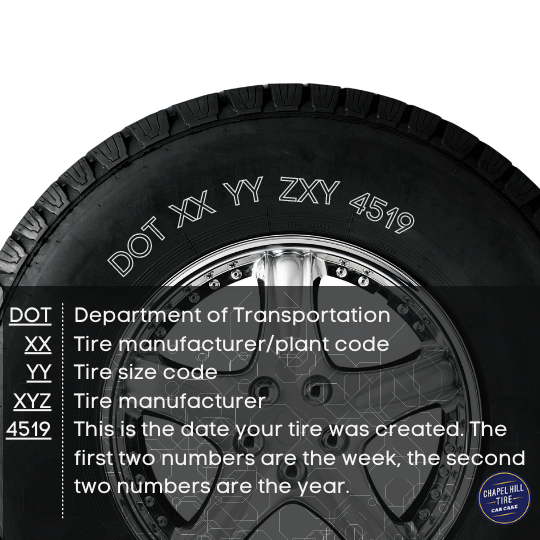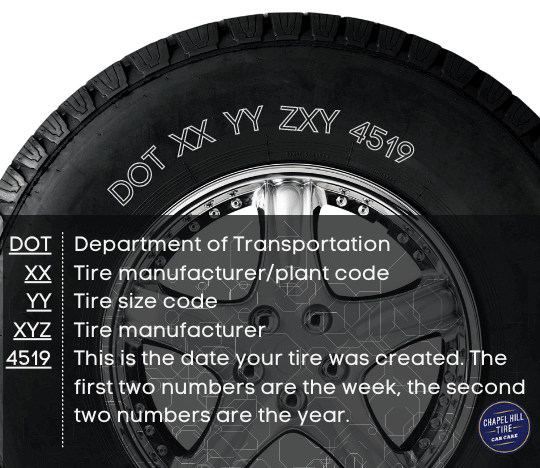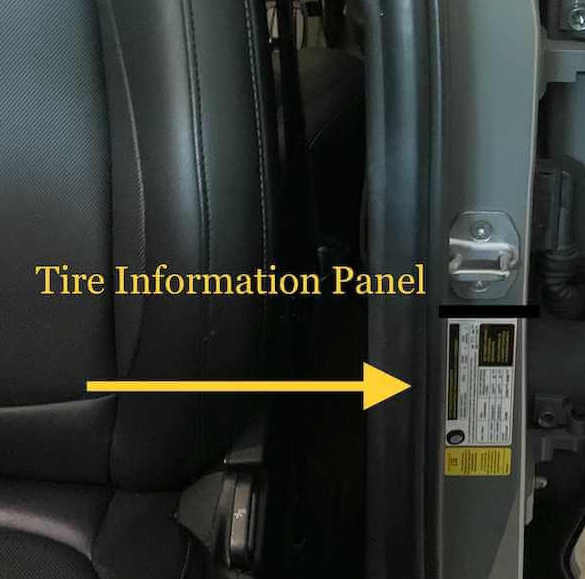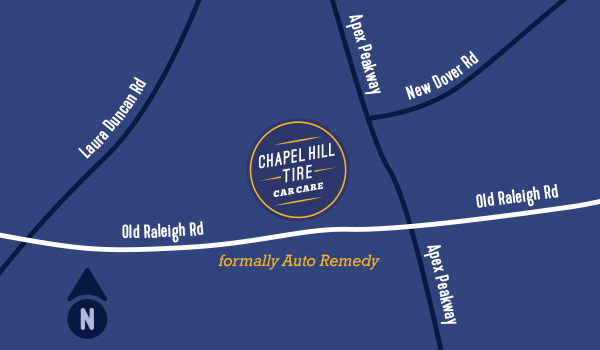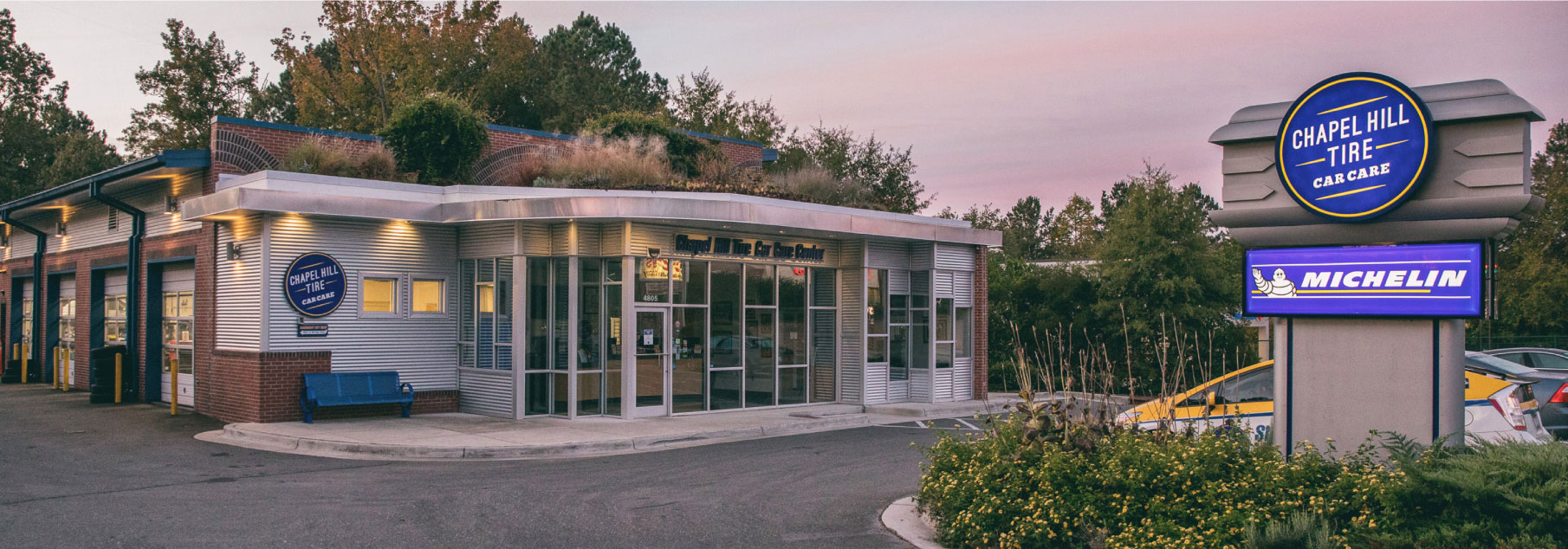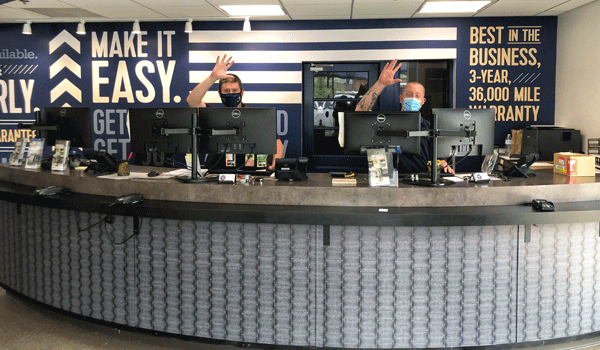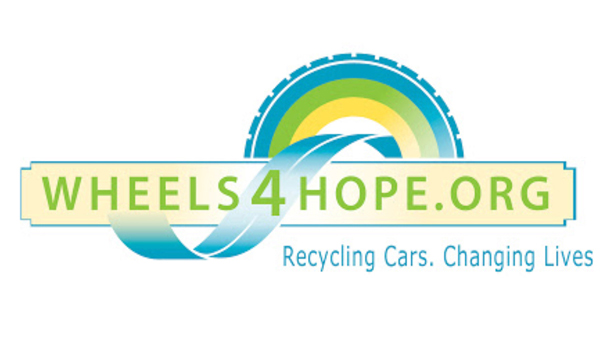We all know someone who ignores their dashboard warning lights. Unfortunately, this can lead to vehicle failure and safety hazards on the road. Other drivers see dashboard lights and fear their car might not be safe enough to drive to a mechanic. Chapel Hill Tire is here with insight on what your dashboard warning lights mean and what you can do about them.
Check Engine Light

Perhaps the most famous and recognizable dashboard warning light is the check engine light.
As the name suggests, your check engine means a sensor detects an issue with your engine. The most common (and easy to fix) cause of a check engine light is a loose gas cap. Check to ensure your gas cap is tightly secured before worrying about your engine. Another common cause is a sensor issue, which requires sensor replacement. Beyond these issues, a check engine light could indicate a serious problem under your hood.
Is it safe to drive with your check engine light on? This depends on the cause of the check engine light. In mild cases, like a sensor issue, you should be safe to drive until you can visit a mechanic. However, in serious cases, it could lead to engine damage or failure if not addressed promptly. When you see your check engine light on, you should visit a mechanic as soon as possible.
Oil Change Warning Light

The dashboard light shaped like a gravy boat is your oil change warning.
Engine oil is essential for protecting your engine and preventing costly vehicle damage. Your vehicle requires regular replacements as oil becomes depleted and contaminated over time.
Is it safe to drive with your oil light on? Driving with your engine oil light on is a bit like playing with fire. Oil changes are inexpensive routine services, but skipping them risks serious and costly engine damage. It can also create potentially unsafe driving situations once that engine damage sets in. If you are driving with your oil change warning light on, you are hopefully on your way to a mechanic.
Dashboard Battery Warning Light

If you notice a small red light that looks like a battery illuminated in your dashboard, this indicates an issue with your battery or alternator.
Most frequently, this light means your battery is due for a replacement. Battery replacement is a routine service you will need roughly every 3 years.
Alternator issues are a bit more complicated. Your alternator is responsible for recharging your battery as you drive. It also helps power essential vehicle electrical elements, like your headlights. A professional mechanic will be able to diagnose your alternator troubles and work with you to arrive at a repair plan.
Is your vehicle safe to drive with the battery warning light on? When you are close to a battery replacement, your vehicle should still be safe to drive for a few days until you can visit a mechanic. If your schedule is too tight, simply have a mechanic come to you. However, if you choose to ignore your battery warning light, you will not want to get stranded with a dead battery. It is best to keep jumper cables or a battery pack in your car—just in case. Here is our 8-step guide to jump-starting your car.
If the issue is with your alternator, this is a different story. Faulty alternators could have your car dying in the middle of the road (rather than simply failing to start). Alternator troubles could also cause your headlights and other vehicle safety elements to turn off.
Windshield Washer Fluid Light

The dashboard warning light shaped like a windshield indicates low washer fluid.
This fluid is designed to help clear your windshields when bugs, debris, or other hazards impair your vision.
Is it safe to drive with the windshield warning light on? The windshield warning light lets you know your fluid is low, not depleted. You will be fine to continue driving—as long as you get it refilled before you run out entirely.
Seatbelt and Airbag Warning Light
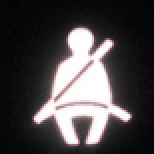
If you or your passengers ignore the seatbelt, it could trigger a dashboard warning light in your vehicle.
While this doesn’t present a vehicle concern, seatbelts are vital to keeping you safe during an accident. While it does not require a visit to the mechanic, skipping the seatbelt can earn you a ticket. If you need further encouragement, your car may also trigger a seatbelt warning noise that may persist throughout your trip.
A similar dashboard light is the airbag warning. This light often indicates an issue with your airbag system that may prevent it from deploying in an accident. In these cases, you can consult a mechanic to ensure your airbag is working safely.
Coolant Warning Light

The small thermometer light (often with waves near the bottom) is your coolant warning.
This light is also commonly called a temperature warning, refrigerant warning, or radiator fluid warning. It is often a sign that your engine is getting too hot. It could also indicate that you are low on coolant.
Is it safe to drive with the thermometer warning light on? Driving with an overheated engine could create costly engine damage or even begin smoking. If your engine is overheating, pull over and give it a chance to cool down. Contact a mechanic for professional insight on whether or not it is safe to drive. Otherwise, you might need a tow service to bring it to the mechanic instead.
In a best-case scenario, the light is simply telling you that your coolant levels are low. In this case, it is safe to drive as long as you schedule a visit to the mechanic for a coolant flush. It is best not to wait when it comes to your radiator.
Exclamation Point in a Circle: Brake Warning Lights

The bright red circle with an exclamation mark inside indicates an issue with your brake system.
This could be a routine warning or a sensor detecting depleted brake pads or low brake fluid.
Is it safe to drive with the brake warning light on? Your brakes are essential to your safety on the road. In most cases, you will need brake pad replacements to keep you safe on the road. You may also need a brake fluid replacement service. Regardless of the source of your brake problems, the sooner you get them serviced, the better.
Horseshoe Shaped Dashboard Light: Low Tire Pressure
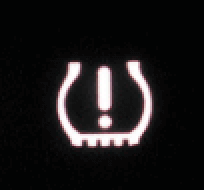
The horseshoe shape on your dashboard light (often with an exclamation point in the middle) indicates low tire pressure.
Low tire pressure happens naturally over time from driving. Cold weather also causes low air pressure as the air compresses inside of your tires. In a worst-case scenario, you may have a nail in your tire letting air out, which will require both a patch and refill. Driving with low tire pressure can cause poor fuel economy, present risks to your tires and rims, and impact your vehicle handling.
Is it safe to drive with your low tire pressure light on? Poor vehicle handling can present safety concerns—especially in inclement weather. You could also risk a tire blowout or rim damage. Thankfully, many mechanics make it easy to score free tire pressure refills. At Chapel Hill Tire, every oil change comes with free tire pressure checks and refills. You can also get free refills for the lifespan of your tires when you buy tire protection from our experts.
Chapel Hill Tire: Car Mechanic Services
If your dashboard warning light comes on, bring it to the experts at Chapel Hill Tire. We proudly serve the greater Triangle area with 12 locations across Raleigh, Apex, Durham, Cary, Carrboro, and Chapel Hill. You can browse our selection of coupons, deals, and discounts on top of our everyday low service prices. We invite you to make your appointment here online, or give us a call to get started today!
